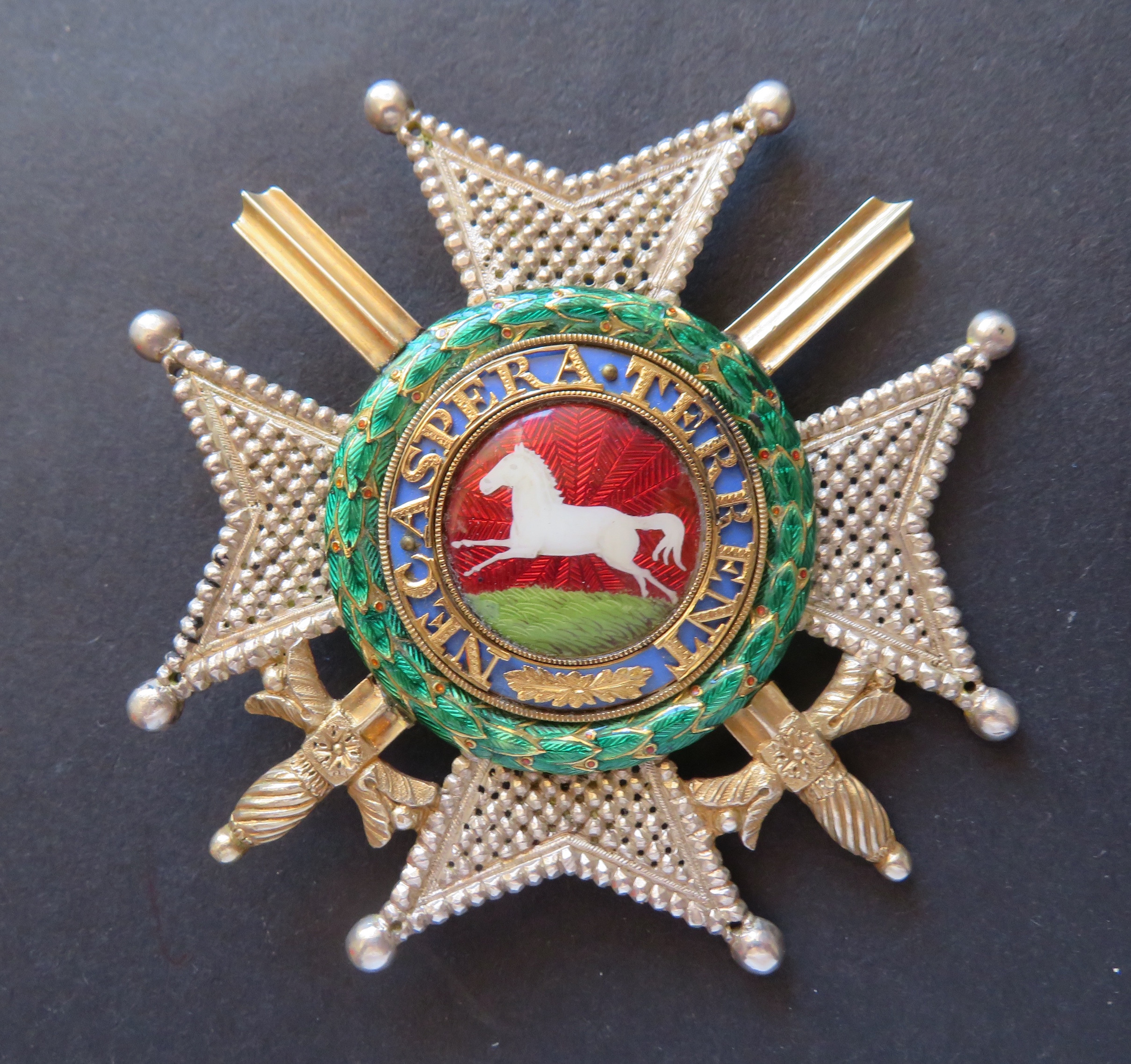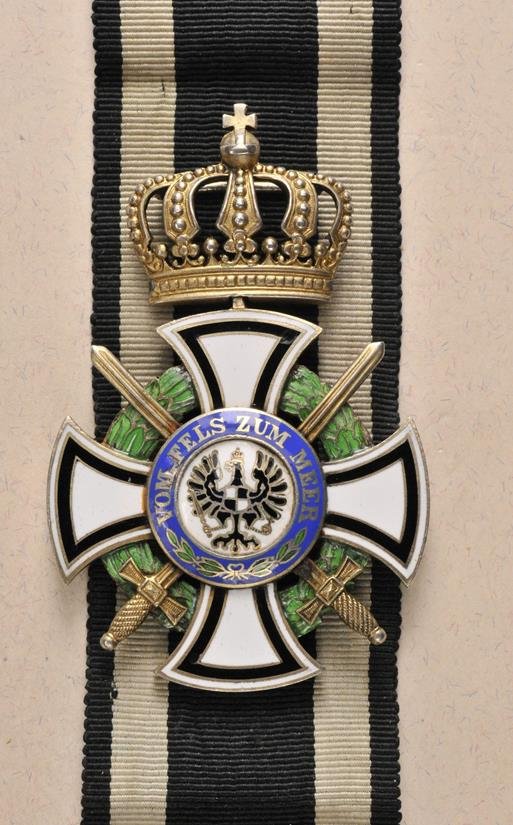

All members had to swear allegiance to the Grand Master, always the King, at their investiture and had to be loyal to the Church. Grand crosses had the right to the title of Eccellenza and the privilege of remaining covered in the presence of the King, with the precedence of Ciambellani di servizio. As a military award, the commanding general who succeeded in a total victory could demand the grand cross commanders who had taken a city or fortress could demand the commander s cross. With his country at war the first recipients were predominately drawn from national and allied military commanders. With the occupation of Naples in 1806, the Order was suspended but it continued to be conferred by the King in Sicily and during the exile served as the principal award for the most loyal Sicilian nobles. The number of grand crosses was limited to twenty-four (including members of the royal family), these were more rarely awarded than Saint Januarius but ranked lower than the more ancient Order, all of whose members were entitled to the collar. The Order was given initially in two classes, grand cross and commander the class of knight (of the small cross) being added on 25 July 1810. The statutes provided for an elaborate formal uniform in white and gold with gold hat decorated with a white cockade and three tall, coloured feathers, which, once the knight was received or professed, was augmented by a dark blue mantle, collar, gold belt and sword. Knights were granted the Order as novices and once they had been formally received by the Sovereign as Grand Master became professed. Another early recipient was the Prime Minister, Sir John Acton, who was already a knight of Saint Januarius (see his diploma, image). The statutes did not impose any religious restriction on membership and one of the first to receive the grand cross was the British Admiral, Horatio Nelson (to whom the King also gave the Dukedom of Bronte), who as a Protestant was ineligible for the Order of Saint Januarius. Ferdinand and of Merit Grand Cross Sash and Badge of the Order


Its purpose was laid out in the first paragraph of the founding decree: to recompense those who have and who will have rendered extraordinary and important services and given great and extraordinary proofs of loyalty and attachment to our royal person and to the monarchy. Immediately following his return to Naples he decided to establish the Royal Order of Saint Ferdinand and of Merit, by decree of 1 April 1800, in memory of his ancestor Ferdinand the Great, King of Castile. Forced to retreat to Sicily during the short-lived Parthenopean Republic, the King found that with the increasing involvement of foreign powers in the affairs of his kingdom, the Order of Saint Januarius was not a suitable reward for some of those who served his Crown with distinction.

Renowned for his somewhat coarse manners, he was indolent, tolerant and easy-going, all characteristics calculated to endear him to the populace even if they sometimes alienated the nobility and foreign visitors. Ferdinand IV and III (later I) of the Two Sicilies had inherited the throne as a child and, as the first king to be born and educated in the kingdom for several centuries, was to become extraordinary popular with the common people, among whom he was known as the King of the Lazzaroni and also, because of his unusually large nose, as il Re Nasone.


 0 kommentar(er)
0 kommentar(er)
